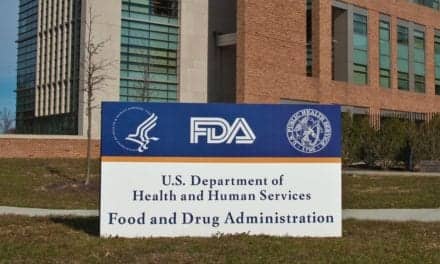The U.S. Food and Drug Administration has issued proposed LDT rulemaking. Laboratories have an opportunity to make comments before it becomes official.
By Chris Wolski
Since the mid-1970s, laboratory-developed tests (LDTs) have been a key in the development of in vitro tests. However, the U.S. Food and Drug Administration (FDA) has recently issued new LDT rulemaking that could upend nearly 50 years of business as usual. Or will it?
CLP spoke to Joyce Gresko, a partner in Alton & Bird’s Health Care Group, about the implications of the 10-word update to the rule and what it could mean for the immediate and long-term future of laboratory-developed tests.
The aim of the new rule, according to the FDA is to “amend the FDA’s regulations to make explicit that IVDs are devices under the Federal Food, Drug, and Cosmetic Act, including when the manufacturer of the IVD is a laboratory.” Along with this reclassification or re-emphasis on the status of IVDs, will come greater oversight.
For Gresko, the new rule is a way for the federal agency to put pressure on the U.S. Congress to pass the VALID Act. “It’s a way to light the match,” she says.
Previously, the FDA attempted to increase oversight through agency guidance but that failed due to industry pushback.
LDT Rulemaking and Industry Safety
Among the stated motivations for the new LDT rulemaking is improving patient safety. The FDA lists several instances in which LDTs resulted in over- or under-diagnosis and harm to patients, including heart disease, and inappropriate treatments for cancer, and diagnoses for rare diseases, autism, and Alzheimer’s.
Gresko says that FDA approval is no guarantee of patient safety, noting that “FDA-approved tests get recalled.”
Functionally, Gresko adds that the FDA doesn’t have the personnel to handle increased oversight of LDTs, and that if passed the new LDT rulemaking would “really gum up the works.”
Challenges Ahead?
While increased oversight could pose some challenges for clinical laboratories and manufacturers of LDTs, Gresko also predicts that even if the LDT rulemaking is enacted before the end of the Biden Administration’s current term that it is not a fait accompli.
“It will be challenged in the courts,” Gresko predicts. “Many people don’t think the FDA has this authority without Congress acting.”
If the VALID Act were passed by the U.S. Congress, the agency could have more of a legal footing to enforce regulation.
However, if the new regulatory measures are enacted under the FDA rulemaking process and survives these probable court challenges, it could still open the door to future regulations. For example, currently there is a possibility of academic medical centers being exempted—and that could be reversed in a future version of the LDT rulemaking.
For labs that are affected by the proposed rule, there could be additional strains on personnel, with managers having to make the decision to pull staff from day-to-day testing to gather clinical trial data for LDTs new and old, according to Gresko.
In an e-mailed statement, 4medica CEO Oleg Bess, MD, outlined how the potential LDT rulemaking could curtail competition and innovation—which runs counter to the FDA’s argument for the change.
“This is a great example of ‘regulatory capture,’ which will greatly benefit the largest players in the laboratory market,” he says. “Undoubtedly, this type of increased regulation will increase the costs to consumers since the smaller labs will no longer compete. But what is even worse, the inventiveness and the technological progress driven by thousands of innovative labs will be greatly stunted by this legislation.”
Because the FDA is following the rulemaking process, it is required to take and respond to public comments for 60 days. Comments can be submitted on the FDA website directly here.
Chris Wolski is chief editor of CLP.





